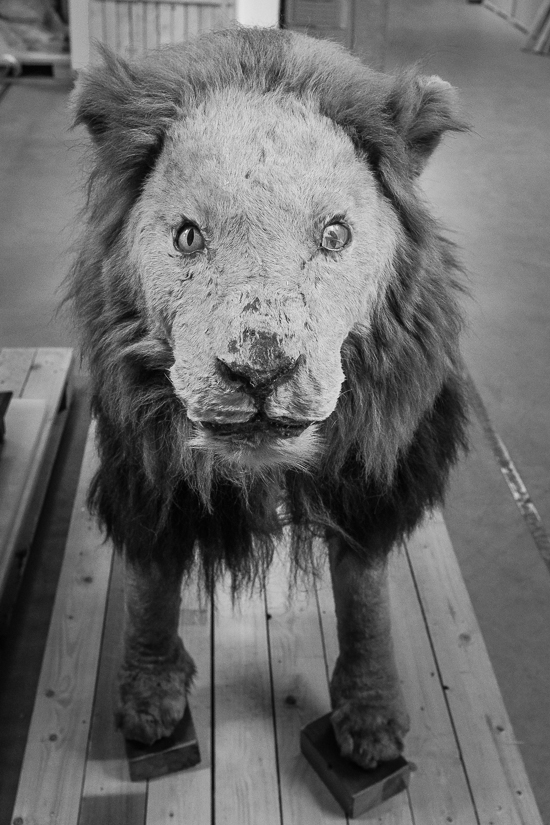
Today SACT arranged a seminar to show the wonders of our Biology Museum. In a packed Blue Hall Niklas Wahlberg took the opportunity to show how researchers may use the Biology Museum.
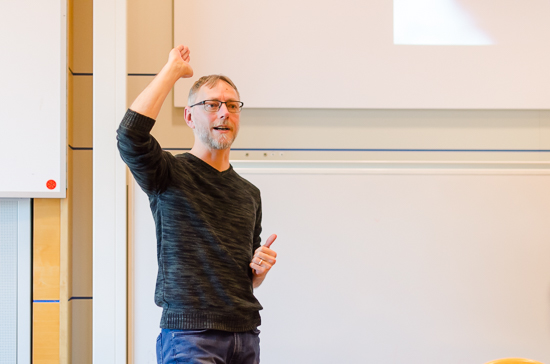
Often people think about a natural museum as a very dusty, dry and dull place full of stuffed animals and such. But this kind of museum can be of great importance for research.
– Well, it is dry, to stop the specimens from rottening. But it is certainly not dusty, said Niklas.
The Biology Museum consists of three collections; the Entomology, the Herbarium and the General Zoology. These collections have together about 14.5 million specimens, of which more than 10 000 are type specimens.
After Niklas’s introduction talk, a couple of researchers told us how they have used the museum in their research.
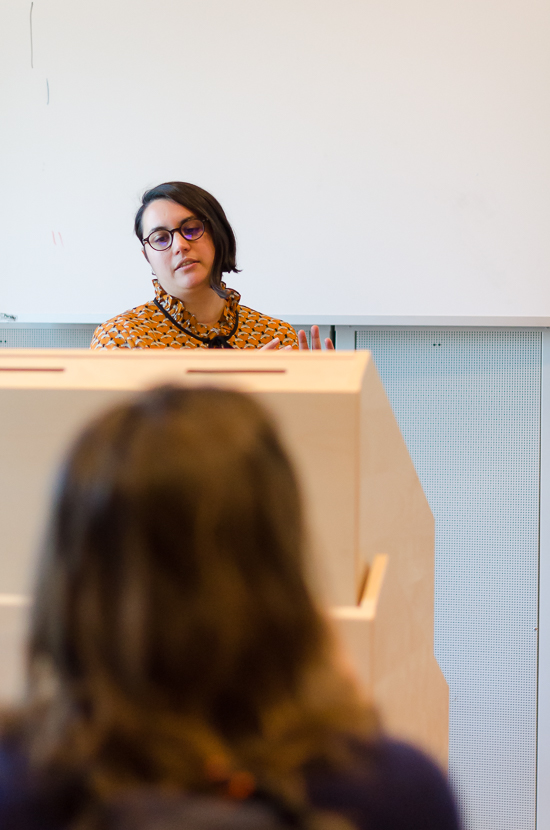
With new techniques it is possible to take DNA samples from the specimens. This opens up for new possibilities, like comparing fossilised specimens with now living animals and plants.
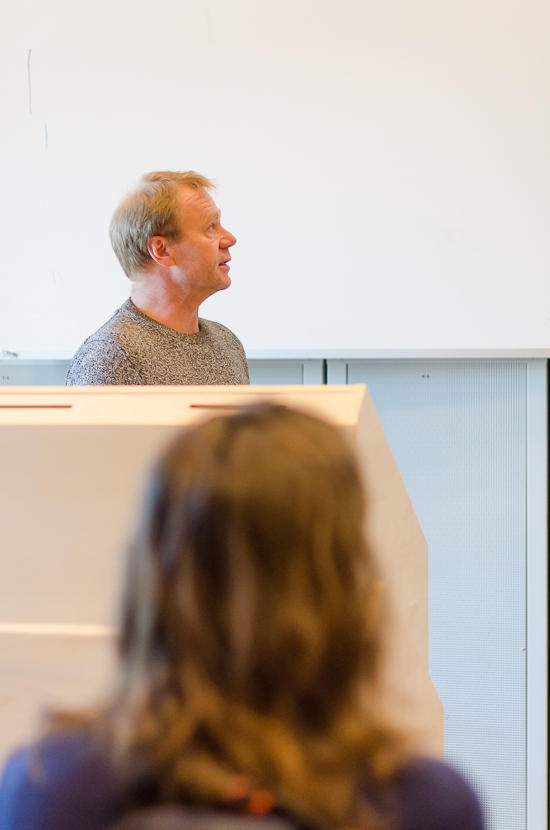
It is also much easier to use the specimens in the museum compared to travel around the world and sample them yourself. The museum examples are validated and you can always verify that you look at the right species.
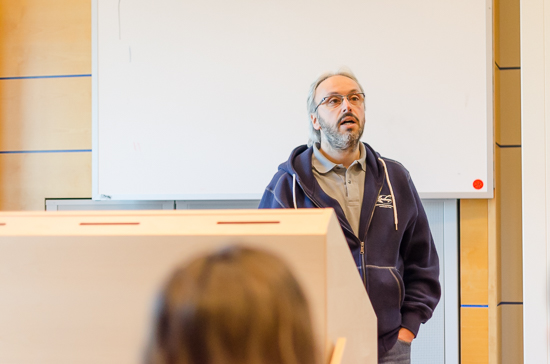
Our 3D lab works in close connection to the museum. The lab scan and sometimes print 3D models of the specimens.
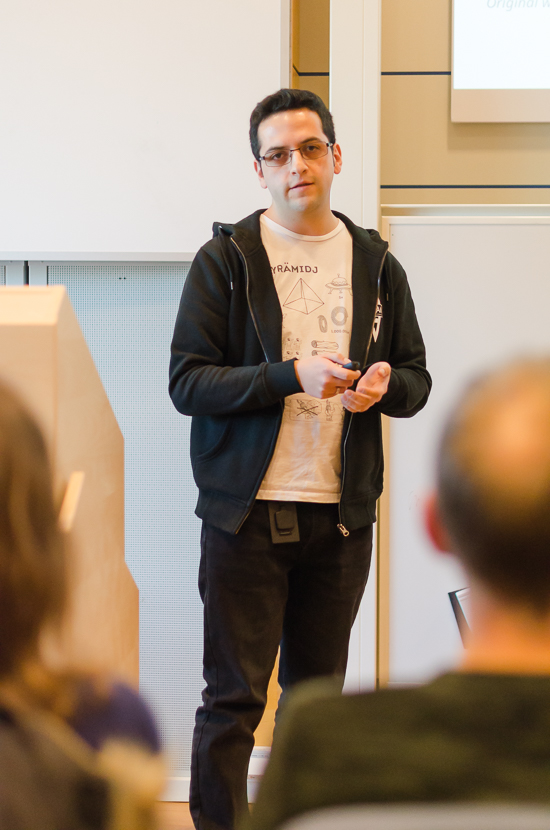
– This prevents the students from destroying old teaching models by chewing on them, Atticus Pinzon told us.
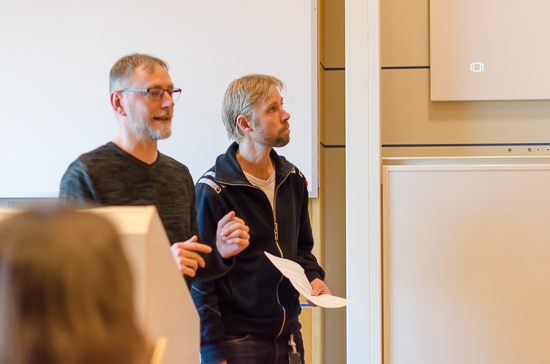
Experts from the museum were also involved in the examination of Peder Winstrup’s coffin. The insects in there can tell us a lot of how the body was stored and how the insect community in Lund in the 17th century was composed.
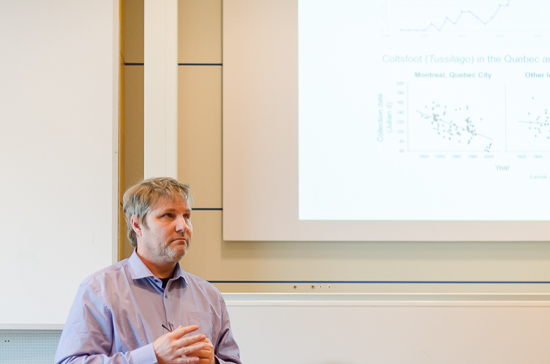
The Herbarium can give us an idea of how the climate has changed from 1850 to now. By looking at the time when certain plants set flowers, the researchers have found that the spring starts earlier and earlier.
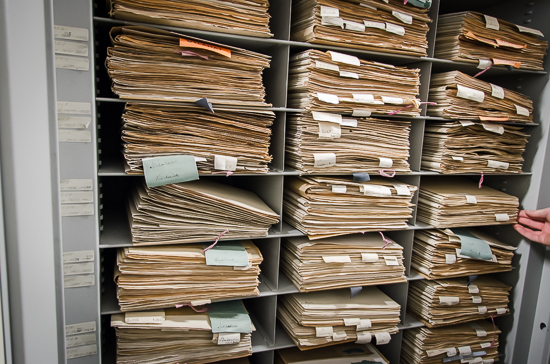
You can also use the museum for evolution studies of different traits, like how vision and echo localisation in bats have evolved.
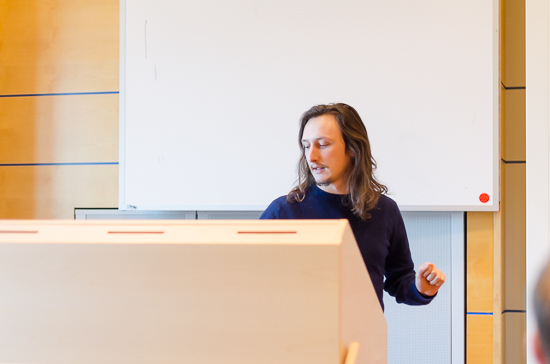
After coffee and discussion, there was a guided tour of the Entomology collections in the cellar.
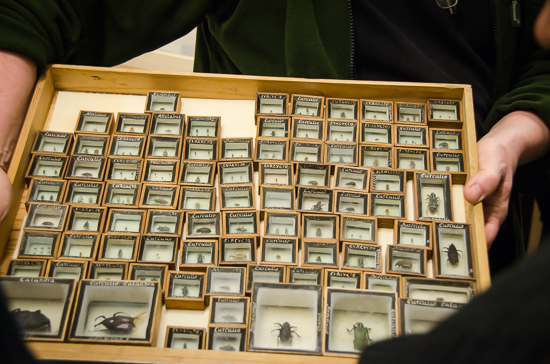
Thanks to all the lecturers who show a lot of interesting ways to use our collections!
Text and photo by Inger Ekström
